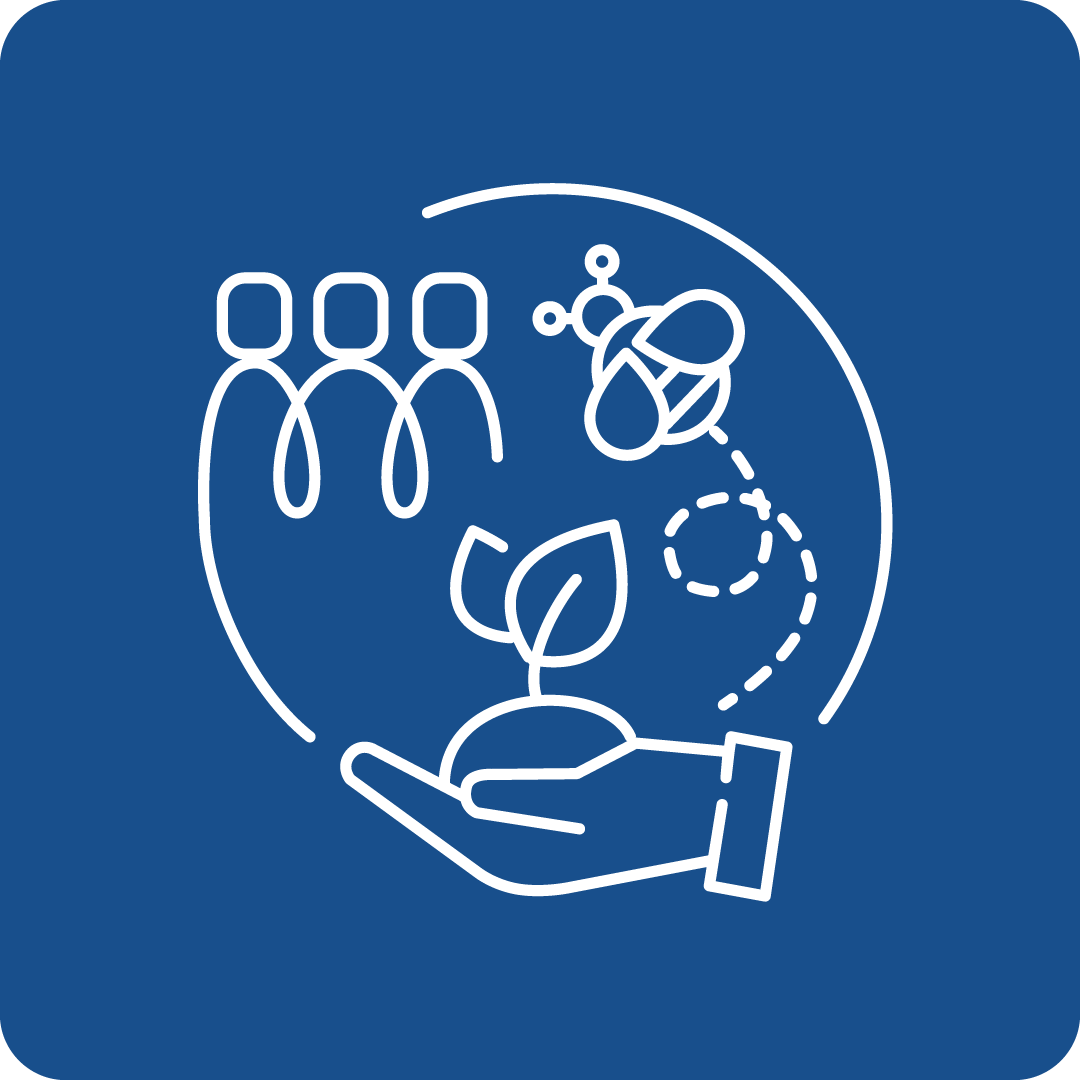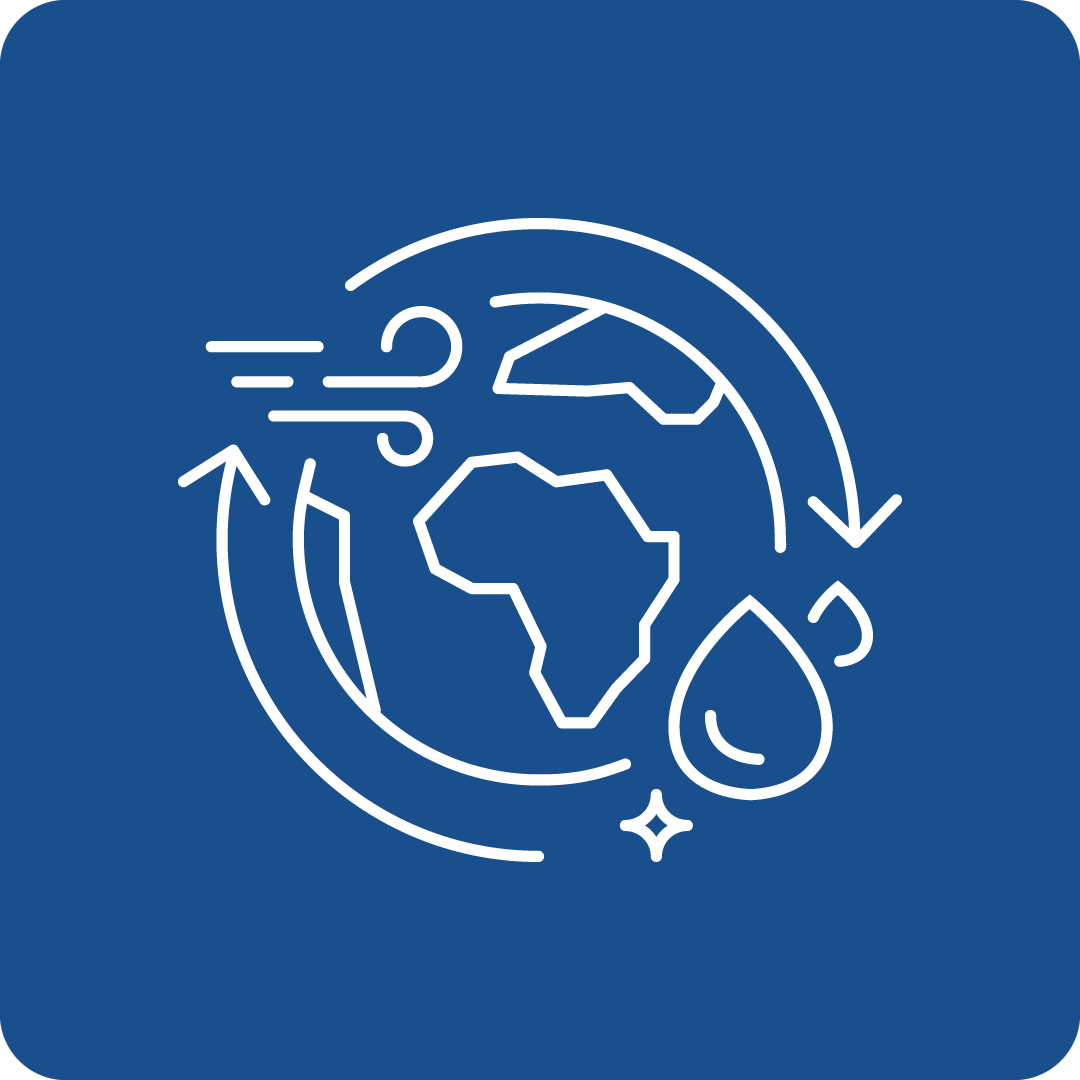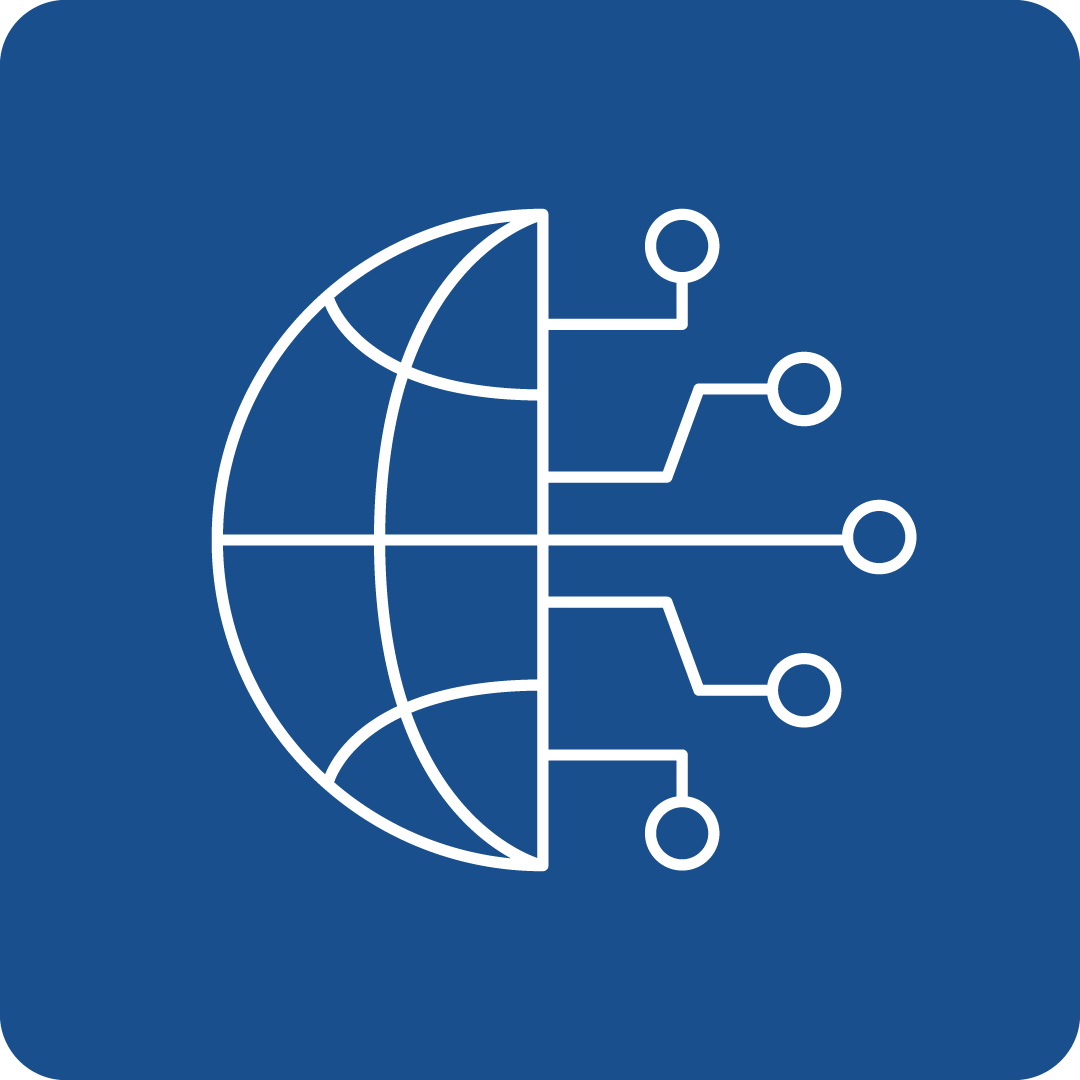Filter Search for grants
Call Navigation
Call key data
Interreg Mecklenburg-Vorpommern / Brandenburg / Poland: 7th Call Small-scale projects
Funding Program
Interreg Mecklenburg-Vorpommern- Brandenburg- Poland
deadlines
Opening
30.10.2025
Deadline
31.12.2025 16:00
Funding rate
80%
Call budget
€ 3,000,000.00
Estimated EU contribution per project
between € 50,000.00 and € 200,000.00
Link to the call
Link to the submission
Call content
short description
The cooperation program Interreg VI A Mecklenburg-Vorpommern / Brandenburg / Poland 2021-2027 has published a new call for small-scale projects in priorities 1-3.
Call objectives
! Please note: Within the specific objectives, projects that currently meet below-average indicators and thus make a particular contribution to achieving the objectives of the cooperation program will receive priority funding.
Priority 1: Activate cross-border innovation potential
In specific objective 1.1: Research and innovation
preference is given to projects
- that develop and implement innovative cross-border solutions.
Priority 2: Overcoming the consequences of climate change together and preserving nature
In Specific Objective 2.4: Adaptation to climate change
preference is given to projects that
- jointly develop new strategies and objectives and implement them with action plans aimed at pursuing goal-oriented processes,
- develop solutions from joint pilot actions,
- lead to the adoption and implementation of joint strategies and action plans by organizations during or after the project period,
- enable participation in cross-border activities organized by the partners and associated partners as a continuation of cooperation after the end of the project.
In Specific Objective 2.7: Nature conservation and biodiversity
preference is given to projects that
- develop and implement solutions for sustainable development and biodiversity conservation,
- enable participation in cross-border measures that are organized by the partners as a continuation of the cooperation after project completion.
Priority 3: Enable better cross-border participation through language, culture and tourism
In Specific Objective 4.2: Education
preference is given to projects that
- develop and implement cross-border solutions, such as digital learning and education platforms,
- impart knowledge over the course of several sessions as part of an educational measure and enable participants in a training program jointly funded by the project to graduate.
In specific objective 4.6: Culture and sustainable tourism
preference will be given to projects that
- develop and implement joint innovative digital solutions related to tourism and culture
- enable participation in cross-border measures in order to network tourism organizations, tourism service providers and local initiatives to promote cross-border culture and tourism and to activate cross-border knowledge and competence exchange.
read more
Expected results
The following (non-exhaustive list) measures are proposed in the program:
P1: Activate cross-border innovation potential
- SO 1.1: Research and innovation
- Networking of innovation actors to promote a stronger cross-border perception of the innovation landscape. Funding is provided for cross-border projects that:
- Network clusters and industry networks across borders,
- analyze existing cooperation potential and derive and implement joint strategies,
- support the cross-border transfer of knowledge and technology,
- promote cooperation between cross-border innovation ecosystems, such as start-up initiatives or start-up networks,
- strengthen cross-border cooperation in application-oriented research and development, for example by improving access to funding programs or the cross-border use of research infrastructure,
- jointly market cross-border innovation approaches internationally.
- Developing and implementing innovative cross-border solutions. Funding is provided for cross-border projects that:
- Correspond well with the relevant innovation strategies,
- have an innovative character,
- make a recognizable contribution to strengthening companies in the programme area,
- involve partners from administration, science and business in accordance with the Triple Helix model.
- Networking of innovation actors to promote a stronger cross-border perception of the innovation landscape. Funding is provided for cross-border projects that:
P2: Overcoming the consequences of climate change together and preserving nature
- SO 2.1: Adaptation to climate change
- Cross-border networking and knowledge transfer between institutions and organizations from science, business, administration and civil society. Funding is provided for cross-border projects that bring together the actors responsible for or affected by climate change adaptation measures in the program area.
- Development and implementation of cross-border strategies, concepts and action plans for adaptation to climate change. Funding is provided for cross-border projects that:
- analyze climate change and its effects as well as climate protection,
- investigate the effectiveness of climate adaptation measures,
- develop joint strategies and concepts and action plans derived from them.
- Cross-border development, testing and implementation of joint solutions for adaptation to climate change, including ecosystem-based approaches and alternative preventive measures. Funding is provided for cross-border projects that:
- Implement ecosystem-based approaches, such as the renaturation of wetlands and peatlands,
- implement disaster prevention measures,
- develop, test and implement other preventive measures to adapt to climate change,
- aim to adapt the management of natural resources to climate change, e.g. in water, forestry or agriculture.
- Strengthening the cross-border operational readiness of civil protection to cope with the consequences of climate change, including the preparation of responsible administrations and emergency services for cross-border operations through joint training and exercises. Funding is provided for cross-border projects that:
- increase the operational readiness of responsible administrations and emergency services in a cross-border context,
- develop joint action plans and carry out joint training measures and exercises in the field of cross-border civil protection.
- 5. cross-border sensitization of the population, companies and administrations. Funding is provided for cross-border projects that develop and implement joint educational programs in the field of sustainable development to build knowledge and raise awareness of climate change.
- SO 2.2: Nature conservation and biodiversity
- Raising awareness of sustainable development and the value of biodiversity. Funding is provided for cross-border projects that:
- Promote professional exchange and networking between nature conservation administrations, organizations and experts,
- carry out joint activities, campaigns and offers in the field of education for sustainable development.
- Developing and implementing cross-border strategies, concepts and action plans for adapting to climate change. Funding is provided for cross-border projects that:
- Analyze climate change and its effects as well as climate protection,
- investigate the effectiveness of climate adaptation measures,
- develop joint strategies and concepts and action plans derived from them.
- Raising awareness of sustainable development and the value of biodiversity. Funding is provided for cross-border projects that:
P3: Enable better cross-border participation through language, culture and tourism
- SO 3.1: Education
- Acquisition of the neighboring language and intercultural skills as well as other skills required to promote cross-border professional life, including measures that increase interest in the neighboring language. Funding is available for cross-border projects that
- develop joint, including bilingual, educational components at pre-school, school, vocational and tertiary education and lifelong learning institutions,
- develop and implement in-service courses, e.g. acquisition of the neighboring language or relevant country-specific specialist knowledge,
- Acquire the technical and, in particular, digital equipment required for the implementation of cross-border educational programs,
- increase interest in the neighboring language, e.g. language learning campaigns.
- Development of digital cross-border learning and education platforms. Funding is provided for cross-border projects that:
- improve access to educational opportunities that can be used across borders,
- support the location-independent use of educational offers in the program area,
- complement existing digital platforms.
- Acquisition of the neighboring language and intercultural skills as well as other skills required to promote cross-border professional life, including measures that increase interest in the neighboring language. Funding is available for cross-border projects that
- SO 3.2: Culture and sustainable tourism
- Development and marketing of cross-border cultural and sustainable tourism offers and products, including the organization and implementation of cross-border public events for the holistic promotion of cross-border tourism and cultural offers. Funding is provided for cross-border projects that:
- increase the number of and access to cross-border offers, and are multilingual,
- communicate the culture and history of the neighboring country to a broad public, e.g. through joint exhibitions or other extracurricular information offerings,
- support social innovations (e.g. cross-border marketing of typical regional products in gastronomy and handicrafts,
- cross-border thematic offers, support for local tourism providers in the development and marketing of cross-border offers),
- develop cross-border offers and products in health tourism,
- Investments in the cross-border linking of tourist route infrastructures, particularly in cycling and water tourism. Funding is available for cross-border projects that:
- close identified gaps between existing tourist route networks on the basis of local and regional strategies and concepts for sustainable, cross-border tourism development,
- open up the connected tourist and cultural sites for visitors from the neighboring country through the development and expansion of route guidance systems.
- Investments in the preservation of the common natural and cultural heritage. Funding is provided for cross-border projects that preserve the shared natural and cultural heritage and make it more visible.
- Development of joint innovative digital solutions in connection with tourism and culture. Funding is provided for cross-border projects that:
- facilitate information and booking of cross-border tourist and cultural offers,
- make it easier to experience the cultural and natural heritage (e.g. through bi- or multilingual, mobile or digital travel guides, museum guides or maps).
- Networking of tourism organizations, tourism service providers and local initiatives to promote cross-border culture and tourism (including the development and linking of digital offer platforms) and cross-border exchange of knowledge and expertise. Funding is provided for cross-border projects that:
- aim to network tourism organizations and tourism service providers (e.g. by setting up and linking digital offer platforms),
- strengthen the marketing of offers via new cross-border or already established, cross-border extended offer platforms
- promote the cross-border exchange of knowledge and expertise in the field of culture and sustainable tourism.
- Development and marketing of cross-border cultural and sustainable tourism offers and products, including the organization and implementation of cross-border public events for the holistic promotion of cross-border tourism and cultural offers. Funding is provided for cross-border projects that:
read more
Eligibility Criteria
Regions / countries for funding
eligible entities
Education and training institution, International organization, Non-Profit Organisation (NPO) / Non-Governmental Organisation (NGO), Other, Private institution, incl. private company (private for profit), Public Body (national, regional and local; incl. EGTCs), Research Institution incl. University, Small and medium-sized enterprise (SME)
Mandatory partnership
Yes
Project Partnership
At least one Polish and one German partner take part in the project - both with ERDF funding. The project partners nominate a lead partner.
In small-scale projects, both public and non-public organizations can take on the role of lead partner (Programme Handbook Chapter 5.2.2 Application).
Normally, all project partners are based in the participating regions of the program area (Program Manual Chapter 1.3 Program area).
Priority 1:
- Small and medium-sized enterprises
- Transport companies
- Universities and research institutions, technology transfer centers
- Business-related institutions
- Local and regional authorities and public administration bodies
- Non-public organizations
Priority 2
- State administrations
- Local and regional authorities and state agencies
- Universities and research institutions
- Non-governmental organizations and non-profit companies and institutions
Priority 3
- Education and training providers and universities
- Units of territorial self-government and state education administration
- Chambers of industry, commerce and crafts and other business-related institutions
- Trade unions
- Employment offices
- Non-governmental organizations and non-profit companies and institutions
- Tourism associations and organizations
- Units of territorial self-government and subordinate institutions
- State administrative bodies
- Cultural institutions
- Small and medium-sized enterprises.
other eligibility criteria
On the Polish side, the program area covers the entire West Pomeranian Voivodeship.
On the German side, it covers the districts of Vorpommern-Greifswald, Vorpommern-Rügen and Mecklenburgische Seenplatte in Mecklenburg-Vorpommern and the districts of Uckermark, Barnim and Märkisch-Oderland in Brandenburg.
Normally, all project partners are based in the participating regions of the program area (program handbook chapter 1.3 Program area). As far as a more effective and higher cross-border added value of the projects is possible, the program also encourages project partners from the other German-Polish funding areas to be involved in the project implementation across the program.
In justified exceptional cases, project partners based outside the program area can also participate in an Interreg project. The decisive prerequisite is that the project-related activities of the partner are carried out for the program area, achieve a visible added value for the program area and are essential for the implementation of the project.
Special features:
- When submitting an application, small-scale projects can apply for the following advance payments (up to 60% of the project budget (ERDF)):
- Advance with approval of 25% of the project budget (ERDF) (without justification)
- Advance during project implementation up to 35% of the project budget (ERDF) (with justification)
- Associated partners are not permitted
- Only one work package with 2 to 5 activities is permitted
Additional information
Topics
Relevance for EU Macro-Region
EUSBSR - EU Strategy for the Baltic Sea Region
UN Sustainable Development Goals (UN-SDGs)
![]()
![]()
![]()
![]()
![]()
![]()
project duration
18 months
Additional Information
In the case of small-scale projects, the Joint Secretariat carries out a mandatory application consultation. Arrange a consultation appointment in good time!
The application consultation is based on the draft funding application submitted to Jems. The applicant will take the Joint Secretariat's comments into account in the draft.
After final submission of the funding application, the Joint Secretariat will inform the applicant in writing of its acceptance. The funding application must be completed in both program languages, German and Polish. The content of both language versions must be identical.
No later than 14 calendar days after the final submission of the application in Jems, the signed confirmation of the electronically submitted application must be received by the Joint Secretariat as a paper original.
Call documents
Kooperationsprogramm Interreg VI A Mecklenburg-Vorpommern/Brandenburg/Polska Programmhandbuch- Version 3.0Kooperationsprogramm Interreg VI A Mecklenburg-Vorpommern/Brandenburg/Polska Programmhandbuch- Version 3.0(2691kB)
Contact
To see more information about this call, you can register for free here
or log in with an existing account.
Log in
Register now







